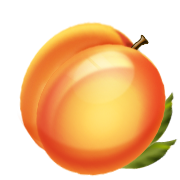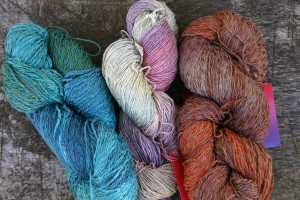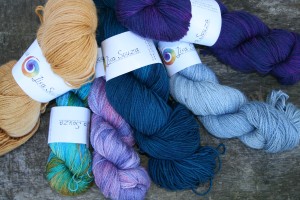 Teaching crochet might sound like an interesting way to make a little extra money, but there is more to it than what you might think.
Teaching crochet might sound like an interesting way to make a little extra money, but there is more to it than what you might think.
I have been teaching crochet for almost a decade, in a variety of venues with a variety of approaches. I began teaching consistently at a coffee shop, I set up a regular hour a week and had people drop in for lessons at their leisure. I also hosted my own workshops at a local winery, I taught workshops at local guild gatherings. I worked this approach for quite some time.
 The drop in lessons at the coffee shop always kept me on my toes. I never knew student may arrive or what they may want to learn. It kept me flexible, and always expanding my own education to keep up with the requests and needs of those seeking my service. This approach did have its down side however, as I never had any idea if anyone would even show up during these set hours. I had many a day that I would just sip my tea and people watch instead of having any students.
The drop in lessons at the coffee shop always kept me on my toes. I never knew student may arrive or what they may want to learn. It kept me flexible, and always expanding my own education to keep up with the requests and needs of those seeking my service. This approach did have its down side however, as I never had any idea if anyone would even show up during these set hours. I had many a day that I would just sip my tea and people watch instead of having any students.
Hosting my own workshops way an interesting experience. I was responsible for everything, the location set up, the advertising, the accounts receivable/payable, as well as all the regular workshop expectations for handouts and material, I even made the refreshments. This helped me to recognize my own strengths and weaknesses, as well as a better appreciation for all the work and undertaking that goes into larger teaching/learning venues.
Teaching at the guild workshops had their own challenges, as I personally knew most of the students. I seemed surreal to me that people I knew actually wanted to pay to take a class from me. It was a safe place, but I had to ensure not to “let my guard down” in a sense. I want to keep things professional and this can be difficult when the room is filled with people that you share a different kind of relationship with. Thus, this experience helped me to understand some of my short comings as an instructor.
From these 3 teaching venues I grew into teaching at my local yarn store, as well as at national conferences. The local yarn store helped me to expand my student following, and introduce me to new people. It allowed me to focus on actual education without having to worry about the advertising, the enrollment, the location. I feel like I have a more formal footing on my class structure and can focus on various ways to explain various crochet approaches. I can better understand different learning styles and different personalities. This has helped me to better structure my classes for national conferences.
The difference from workshops at the local yarn store and those at conferences, is really the students. The local yarn store has a wide base of students, with varying needs and learning desires, those at conferences often are very focused on the topic at hand, and as a result the classes need to be geared to a more advanced student.
That might be the most challenging thing to putting a workshop together, ensuring that you have enough material to keep everyone engaged. It can be a delicate balance, and until you have the students in the room you never really know what the event will look like. You need to have enough material so that the advanced students are kept busy, while not have so much that you overwhelm students that may need more guidance.
The one underlying affect that teaching has, is seeing the joy and excitement your students have when it all clicks into place and they “get it”. I have heard this said by teachers of all sorts, it is a very unique experience that can become addicting. It is really the students that keep me coming back to teaching, they keep challenging me…something that I have always enjoyed.
I guess I can safely say that teaching has given me more than I would have imagined, every time I teach I learn something new. It might be from a question a student asks that causes me to look at the subject matter from a completely different vantage point, or it could be learning a better way to share my ideas and concepts with someone else. If teaching crochet is something you have considered, be prepared to grow.


